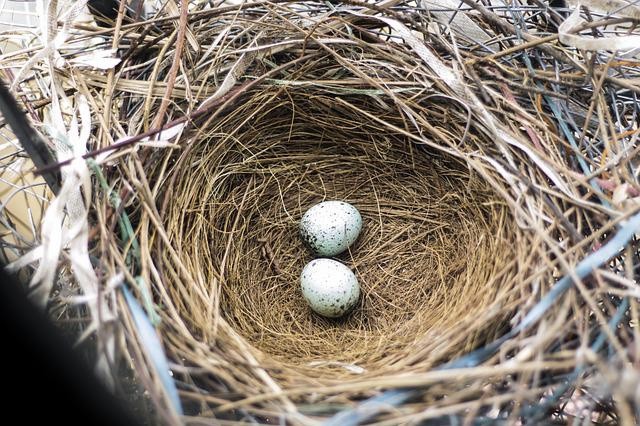
Birds can be called the last dinosaurs, but a new study shows that a recently dinosaur-like trait is still present.
Among the changes, a beak has supplanted a toothy rostrum with a lightened hollow skeleton, and arms became wings. The pelvis is different from a saurian that is already distinct before hatching.
Surprising Discoveries in Avian Evolution
It seems some traits briefly exist related to dinosaurian anatomy. Fleetingly, an embryonic bird retains a pelvis that is not identifiable as birds but more like its ancient forebear's skeleton, reported Science Alert.
Scientists found commonalities with reptiles, birds, and dinosaurs, how they evolved, and what common characteristics they share.
US researchers looked into the fetal stages of these animals, particularly crocs and birds, as the object of the study. They discovered a terminal addition, a trait that starts very distinct as a structure of an ancestor. This usually would change into something different at an earlier stage, citing Courant.
One evolutionary biologist from Yale University, Christopher griffin studies vertebrates; he commented that it was a surprise to discover dino-hips in the early development of birds still inside the egg. It takes two days for a bird embryo to change its dino-hips to its modern version.
Because they are buried deep within the abdomen, the pelvises, which are dinosaur-like, avian, and reptiles, are not the first feature that distinguishes these three branches of the vertebrate tree.
Ways of Walking
Given the variations in mobility, from a lizard fanning out on a rock to a hunting theropod's long stride to a chicken's Mick Jagger strut, it's challenging to comprehend the types of variations necessary in their bones and muscles.
Read Also: Cave Sealed Off for 5 Million Years Contains 33 Blind Creatures, Surviving Without Oxygen
Femur development in a bird is more horizontally inclined than a dino's, enabling their lower leg to do the movement. Their ilium or hip bones expand farther towards their chest and bottom, carrying their body's weight; their pubic bone leans backward instead of facing forwards, with pubis bones left wide open.
Other than skeletal structure changes, ligaments, muscles, and even tendons were not spared as evolutionary redesign altered the creature's anatomy but not its movement.
The process by which a growing animal begins to construct its bodily structures from the ground up is a definite way to demonstrate how evolution is at work, including adaptations to become a successful specie.
Griffin and his associates utilized fluorescing antibodies to identify skeletal growth in fetuses of various bird species, notably domestic chickens, budgerigar parakeets, and alligators. They used CT scans to make 3D models of animal structures and tracked the changes from an embryo to hatching from an egg.
Bhart-Anjan S. Bhullar, a Yale vertebrate paleontologist, discovered that birds exhibit a saurian shape in their early stages of development. Later it changes to a distinct bird pelvis.
Finding this terminal addition in birds is a big thing that was argued before and not confirmed. How the changes in the muscles and bones of the hips evolved to develop successful locomotion is not unexpected, per Nature.
© 2025 HNGN, All rights reserved. Do not reproduce without permission.








